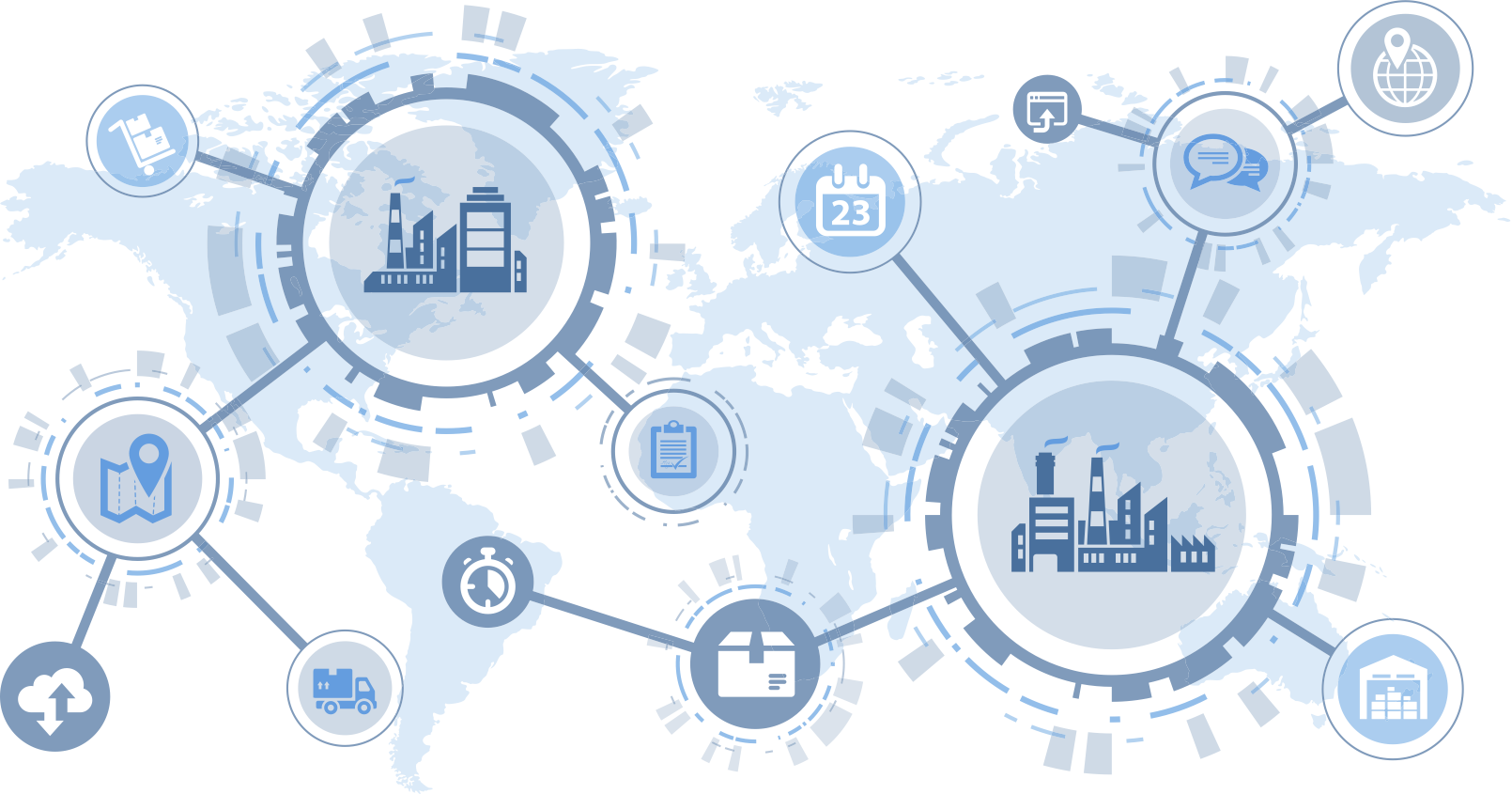Supply chain optimization involves improving the efficiency, reliability, and resiliency of the end-to-end process of delivering goods and services. From sourcing raw materials to manufacturing, distribution, and final delivery, a well-optimized supply chain ensures that the right products reach customers at the right time, in the right quantity, and at the lowest cost.
As market demands fluctuate and global trade complexity grows, businesses must continually refine their supply chains. Optimization efforts reduce lead times, cut waste, manage inventory effectively, and build adaptability against disruptions. Through strategic adjustments, companies can enhance profit margins, support sustainability, and strengthen their competitive positioning.
Prerequisites for Supply Chain Optimization
- Data Visibility and Accuracy:
High-quality data on inventory levels, supplier performance, and demand forecasts forms the backbone of optimization. - Process Understanding:
A clear grasp of each supply chain stage—procurement, manufacturing, distribution, and returns—enables targeted improvements. - Analytical Skills:
Statistical analysis, modeling, and scenario planning help identify inefficiencies and quantify potential gains from proposed changes. - Collaboration and Communication:
Coordination among suppliers, manufacturers, logistics providers, and customers ensures that optimization strategies are implemented effectively.
What Is Supply Chain Optimization?
Supply chain optimization is the strategic refinement of all supply chain elements to achieve maximum efficiency and cost-effectiveness. It involves assessing current processes, identifying bottlenecks, adjusting order quantities, selecting optimal transportation routes, and leveraging technology for better forecasting and supplier management.
Rather than focusing solely on individual components, optimization considers the entire supply network. It ensures seamless flow, reduces variability, and fosters responsiveness, providing customers with on-time deliveries while minimizing excess inventory and operational costs.
Why Is It Important?
- Cost Reduction: Lowering transportation, warehousing, and inventory costs boosts profitability.
- Improved Reliability: Stable lead times, predictable inventory levels, and fewer disruptions build trust with customers.
- Faster Response to Changes: Flexible supply chains adapt quickly to shifting market demands or supply constraints.
- Sustainability: Efficient routing, reduced waste, and streamlined operations support environmental responsibility.
What Is Supply Chain Optimization Used For?
- Inventory Management: Aligning supply with demand to maintain optimal stock levels and reduce holding costs.
- Supplier Performance: Monitoring and selecting suppliers based on quality, reliability, and cost to ensure consistent material availability.
- Demand Forecasting: Predicting future customer needs more accurately to prevent shortages or oversupply.
- Transportation and Logistics: Choosing the most cost-effective, timely routes and modes of transport.
The Supply Chain Optimization Lifecycle
- Data Collection and Analysis:
Gather data from ERP systems, WMS (Warehouse Management Systems), and transportation management software. Evaluate lead times, costs, and service levels. - Modeling and Scenario Planning:
Use analytical models and simulations to test “what-if” scenarios—such as changes in supplier terms or shifts in customer demand. - Implementation of Improvements:
Adjust order quantities, negotiate better supplier contracts, redesign network routes, or automate processes. Integrate technology to enhance visibility and control. - Monitoring and Feedback:
Track performance indicators—fulfillment rates, inventory turnover, transportation costs—and measure results against set targets. - Continuous Improvement:
Supply chain optimization is ongoing. Regularly refine strategies based on new data, market conditions, and technological advances.
Tools and Techniques
- Advanced Analytics and AI: Predictive models, machine learning, and optimization algorithms improve forecasting and decision-making.
- Transportation Management Systems (TMS): Automate route planning, carrier selection, and shipment tracking.
- Enterprise Resource Planning (ERP): Integrate processes across departments for better data flow and operational alignment.
Applications and Use Cases
- Retail and E-Commerce: Balancing inventory across warehouses and stores to meet seasonal demand.
- Manufacturing: Ensuring timely delivery of raw materials to avoid production halts and streamline assembly lines.
- Food and Beverage: Maintaining product freshness and reducing spoilage through efficient cold-chain management.
- Healthcare: Delivering essential medical supplies and pharmaceuticals quickly, reliably, and at optimal cost.
Benefits for Business
- Cost Savings: Eliminating inefficiencies and reducing waste improves the bottom line.
- Customer Satisfaction: On-time, accurate deliveries foster loyalty and strengthen brand reputation.
- Risk Reduction: Well-structured supply chains handle disruptions—from supplier issues to global crises—more effectively.
- Competitive Advantage: Efficient operations and flexible supply networks position companies ahead in dynamic markets.
What Is a Supply Chain Analyst?
A supply chain analyst uses data and analytical tools to evaluate performance, identify bottlenecks, and propose improvements. They collaborate with stakeholders, interpret complex metrics, and recommend changes that enhance reliability, reduce costs, and support strategic growth.
Supply chain optimization is vital for businesses striving to operate with agility, efficiency, and cost-effectiveness. By leveraging data-driven insights, organizations can build resilient supply networks that adapt to market conditions, serve customers reliably, and deliver consistent value. As global supply chains evolve, optimization remains a strategic imperative for sustainable success.
FAQs
Can small businesses benefit from supply chain optimization?
Absolutely. Even modest process improvements, like better inventory management or streamlined shipping, can yield significant cost savings and reliability gains.
How often should supply chains be reviewed for optimization?
Regularly. Many companies assess performance quarterly or annually, adjusting strategies as market dynamics and technology evolve.
Is technology essential for supply chain optimization?
While technology enhances visibility and decision-making, the fundamental principles—clear data, process understanding, and collaboration—remain essential regardless of scale.
Does supply chain optimization also support sustainability goals?
Yes. Efficient routes, reduced waste, and better resource utilization contribute to lower emissions and environmental impact.

